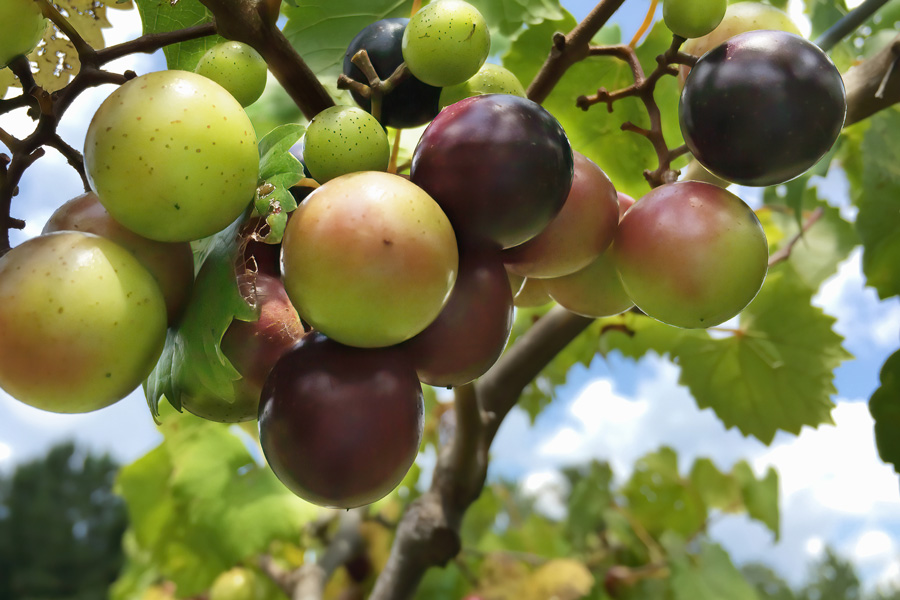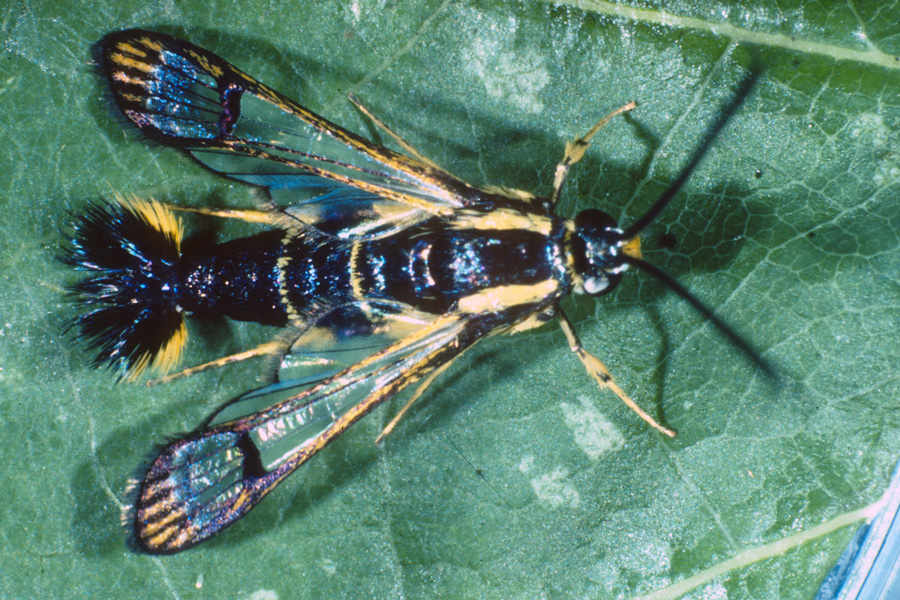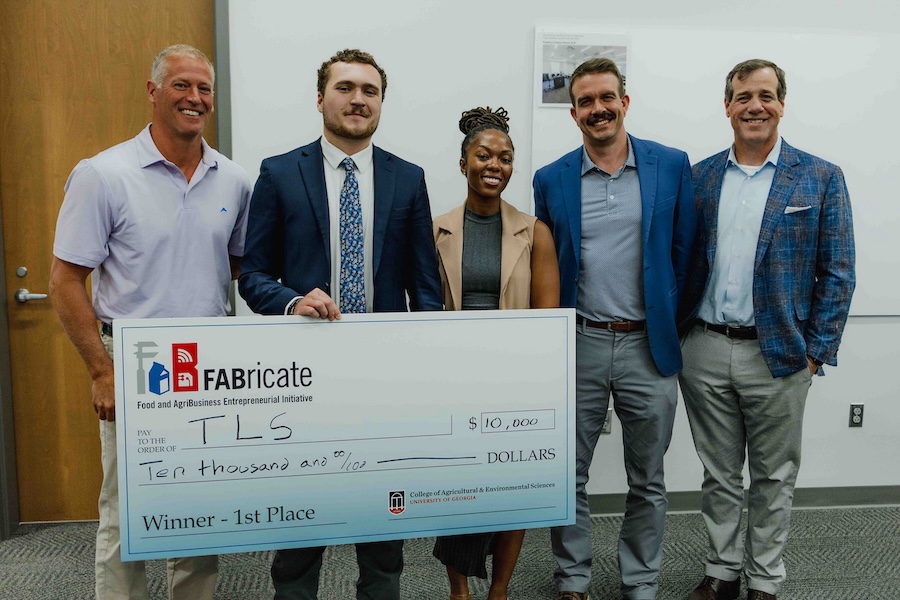This guide provides recommended practices for successful corn production in Georgia, covering agronomy, pest management, fertilization, irrigation, harvesting and drying, and more.
Key Agronomic Practices
- Soil Preparation and Tillage: Steps for optimizing soil for planting.
- Planting: Guidance on hybrid selection, planting dates, row spacing, and population density.
Growth, Fertilization, and Irrigation
- Growth Stages: Overview of corn development for targeted interventions.
- Fertilization: Recommendations for nutrients, including liming, fertilizers, and plant analysis.
- Irrigation: Scheduling and fertigation strategies for efficient water use.
Pest, Weed, and Disease Management
- Weeds and Herbicides: Control strategies, herbicide options, and resistance management.
- Insects: Control methods for pests using hybrids and other treatments.
- Diseases and Nematodes: Prevention and control of foliar diseases, rots, and nematodes.
Harvesting and Storage
- Harvesting and Drying: Techniques to ensure quality and reduce losses.
- Storage: Preparing bins, grain protectants, and managing storage pests.
Soil Health
- Cover Crops: Benefits and incentive programs.
- Conservation Tillage: Practices and pitfalls.
Costs
- Budgets: Cost estimates for irrigated and non-irrigated production systems. (View our most current production budgets for corn and other crops.)








